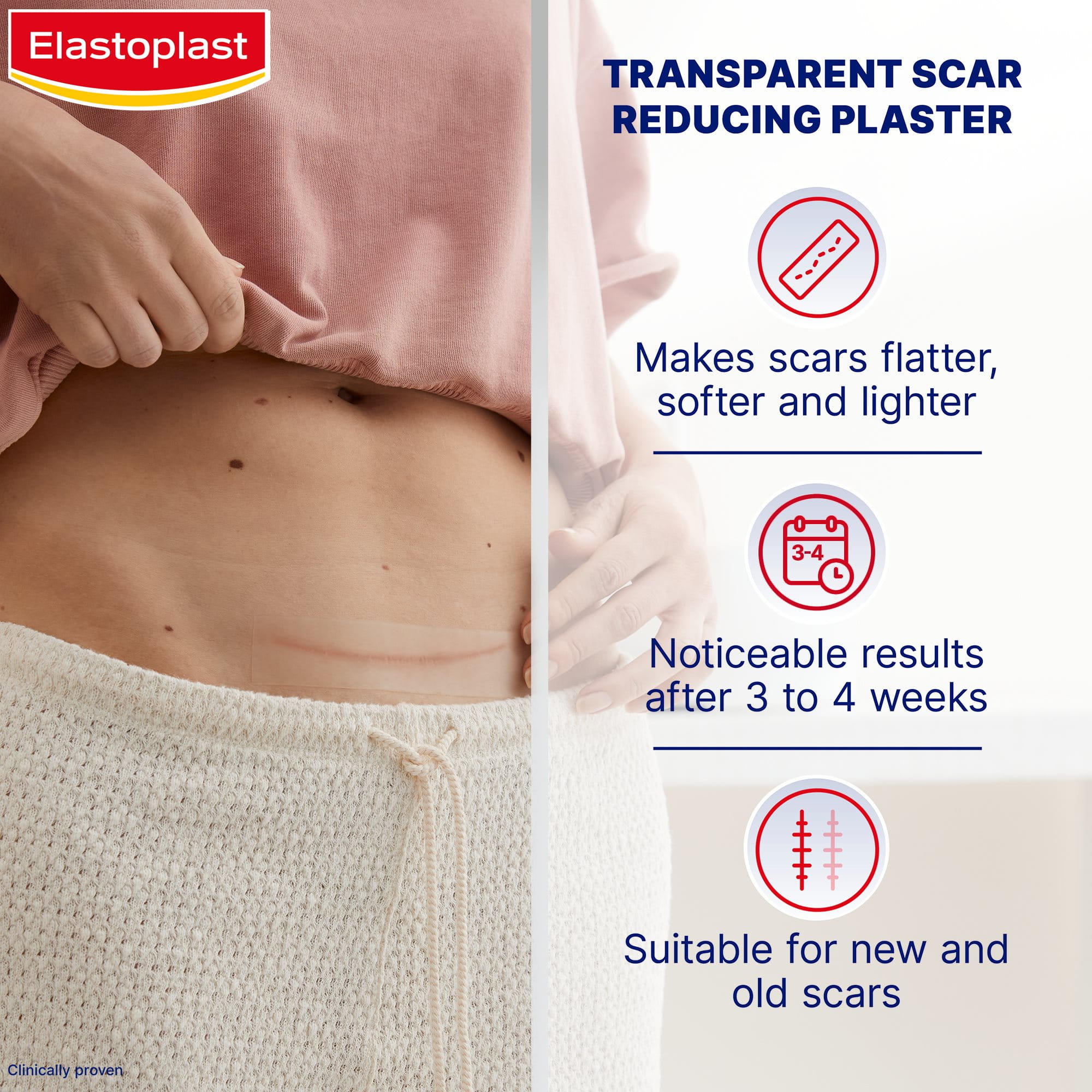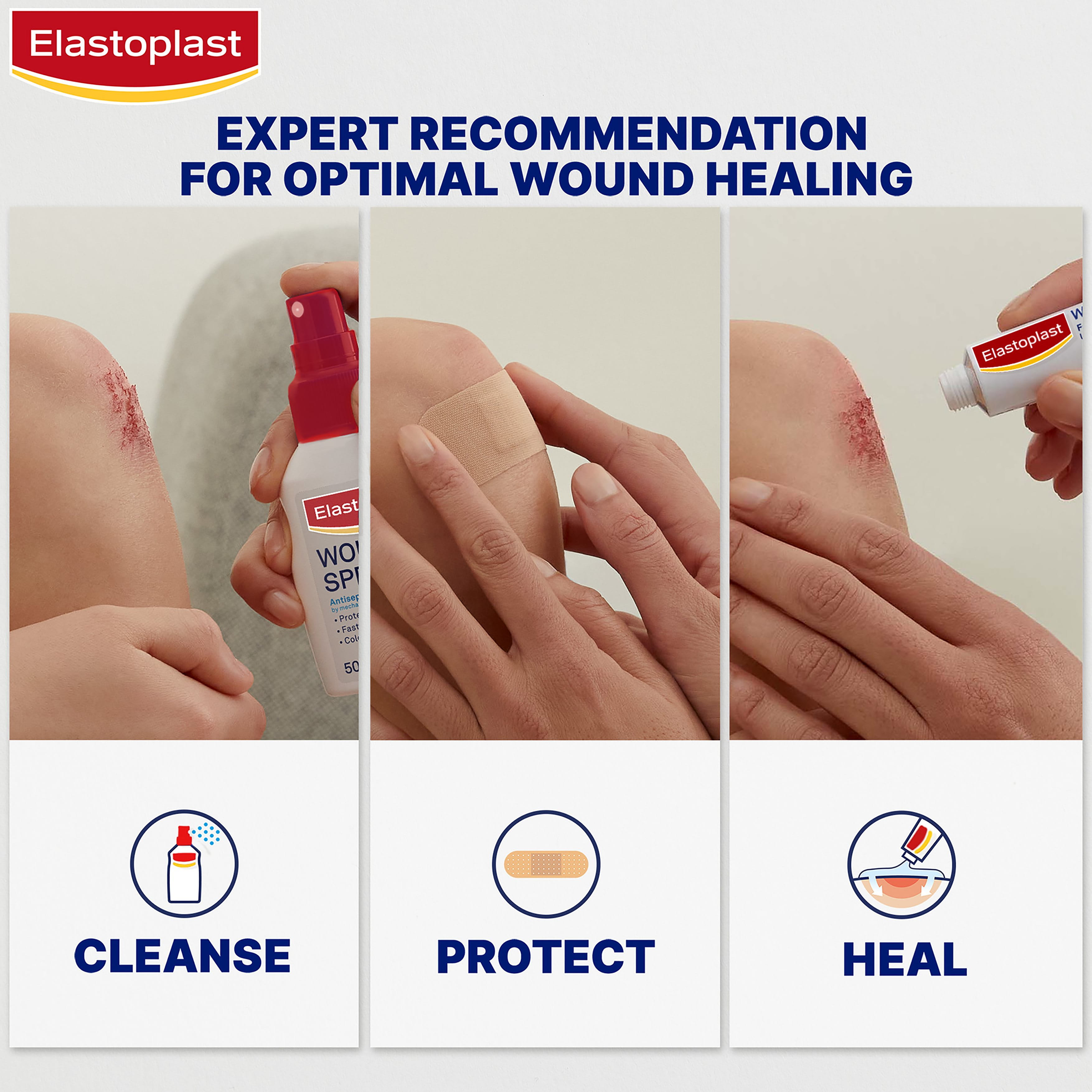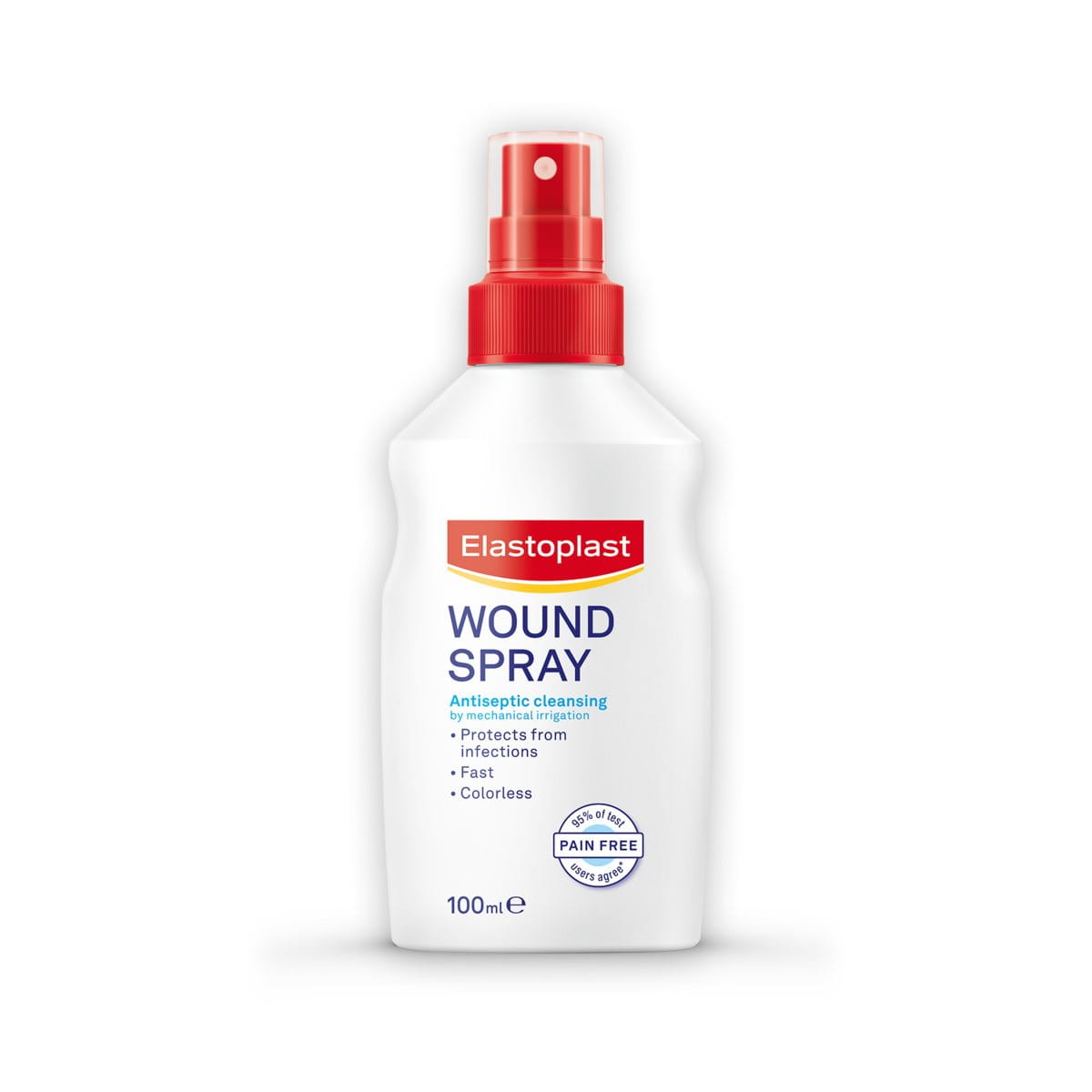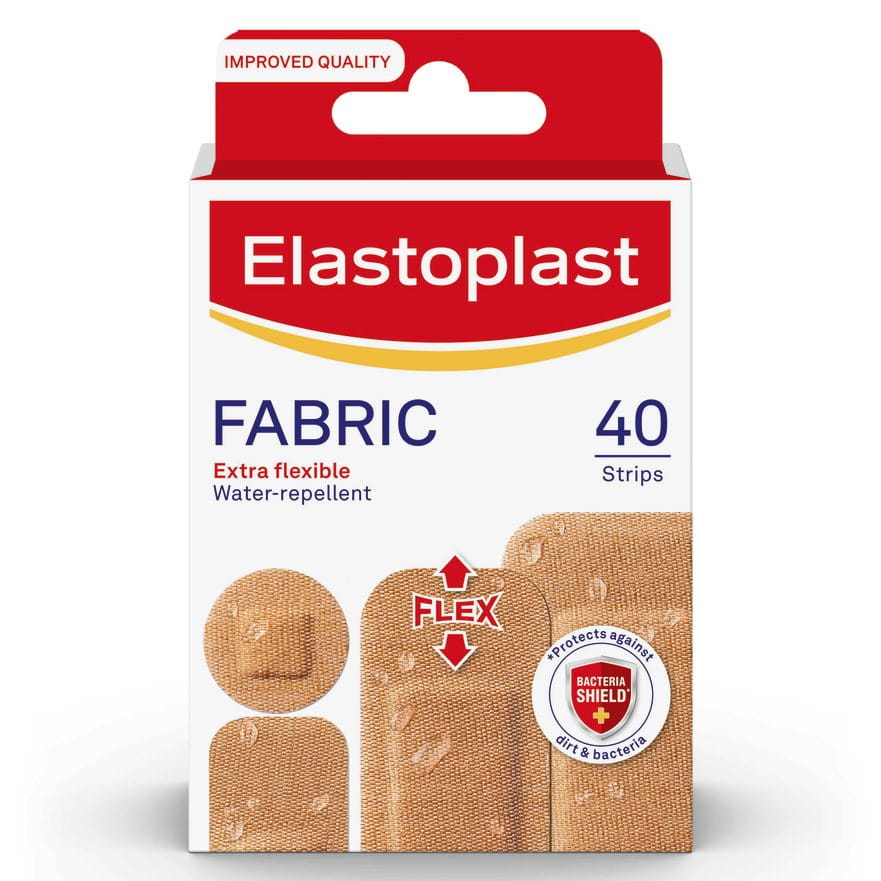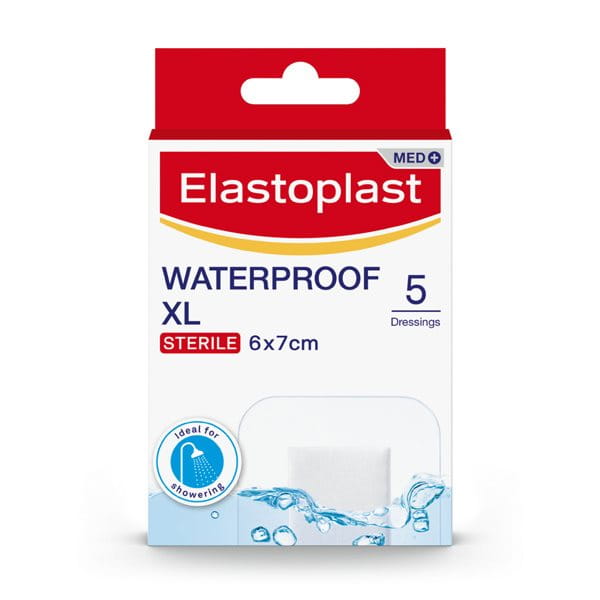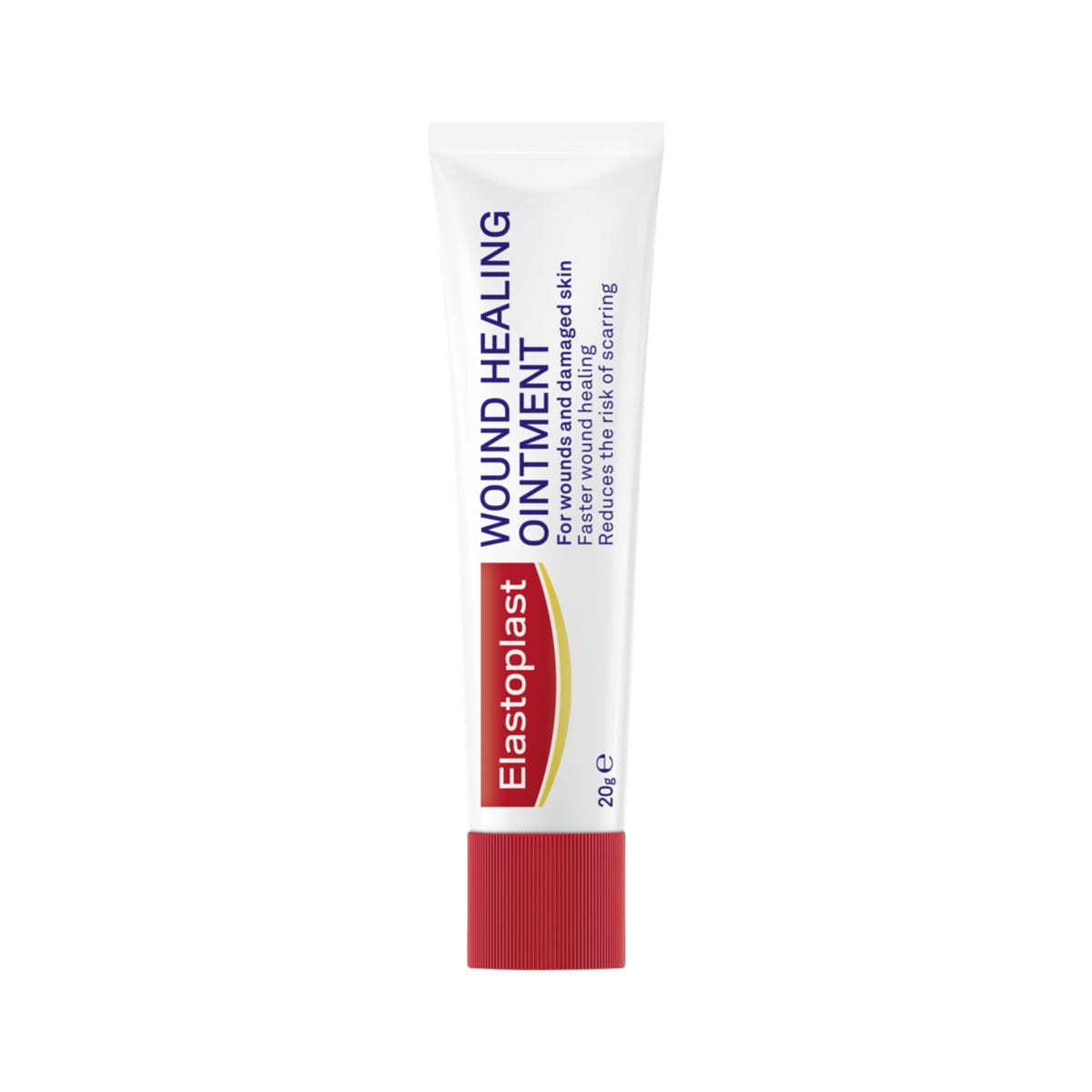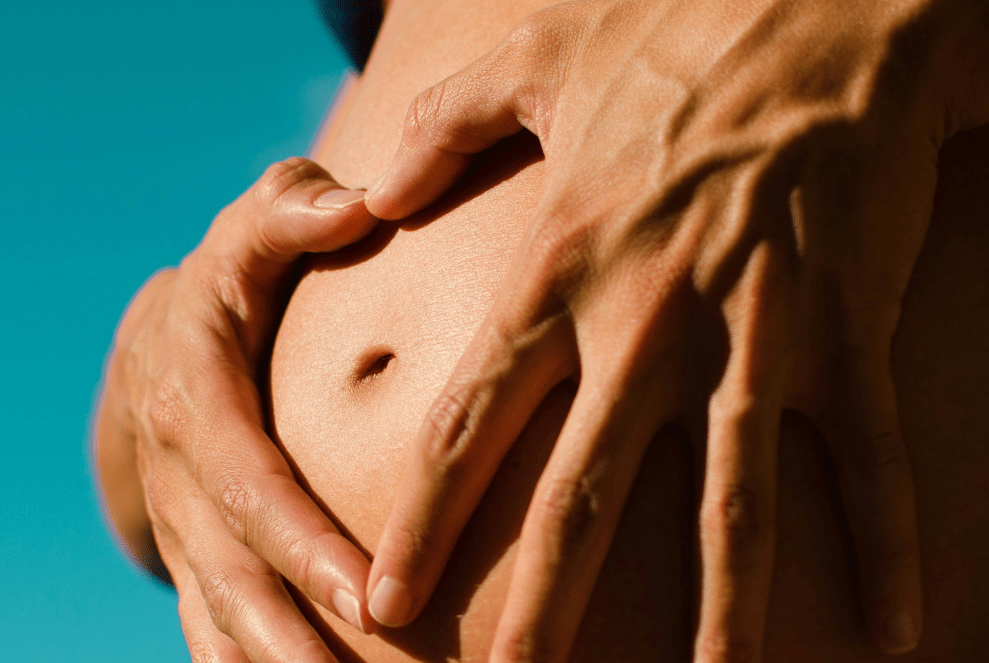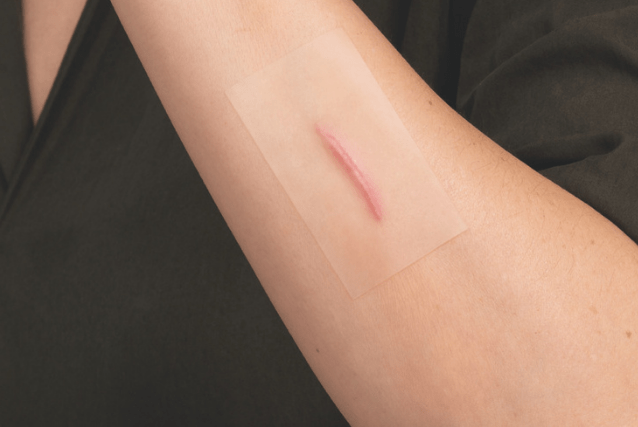Published: January 2021
Last Reviewed: October 2025
Many people have developed a scar after one of life’s unfortunate events, like surgery, a car accident or another type of injury. After a skin injury has occurred, scarring is a natural part of the healing process. Only wounds that do not affect the dermis can heal without scars. Hypertrophic scars raise above the surrounding skin level and may continue to thicken for up to six months but are limited to the original wound area.
This article will explain how hypertrophic scars occur and how you can visibly reduce their appearance as well as other healing and prevention tips.






